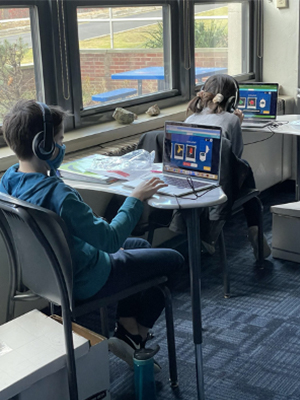
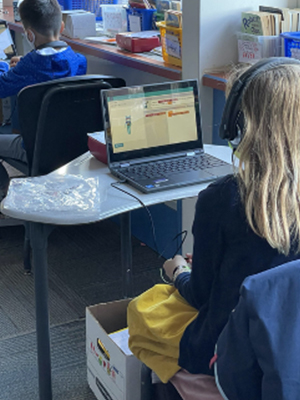
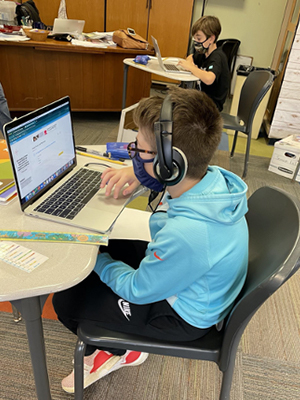
While the pandemic has been challenging, the students in Lower School continue to learn, grow, and be engaged in Technology. While close collaboration is not as possible as it once was, students still try to help each other. They still engage in problem-solving and they are still having fun.
In first grade, students have learned about code and programming and have used Ozobots. With Ozobots, they have created paths and tried to figure out why certain paths work and others don’t. They have used codes to maneuver through a Halloween maze, and in the end, created a Thanksgiving parade.
In second grade, students used KIBO bots to learn about the importance of sequence — does it matter which order a command comes in? They learned about repeat loops, inputs, and outputs. At the end of the rotation, they designed a KIBO robot incorporating these different concepts.
The third grade has learned about the new NASA Moon mission, Artemis. Some students have decided to enter a Moon Pod essay contest, and many students tried their hand at creating a slingshot rocket. They problem-solved why it did or did not work. How should I change my sling? How far must I pull the rubber band? They will continue to design and build vehicles with LEGO WeDo 2.0 and review simple gearing principles.
During the first cycle, the fourth-grade Technology class focused on understanding the basic components of the computer and how to use it properly. Students used Typing.com, a website used for all typing levels, to develop their touch-typing skills and speed. Additionally, the cycle included lessons on Digital Citizenship. Students were introduced to Google Classroom and gained confidence in using this online platform to assist in their academic development. In the second cycle, students are currently learning how to use Google Docs, another online platform similar to Microsoft Word but accessible via Google Drive. To celebrate the 2020 Computer Science Education Week, students have begun using Code.org. Students have begun to learn more about the binary system to increase their knowledge of computer language and were given additional resources to learn how to code, such as Code.org’s debug recipe.
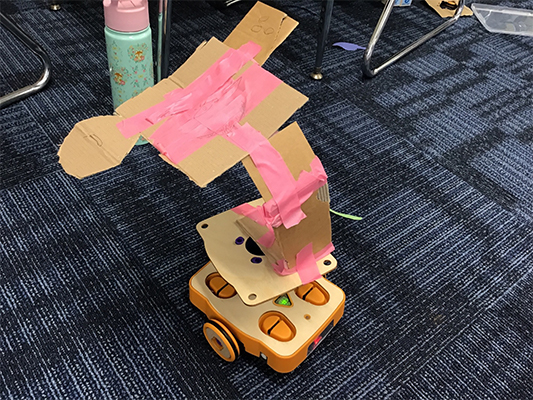
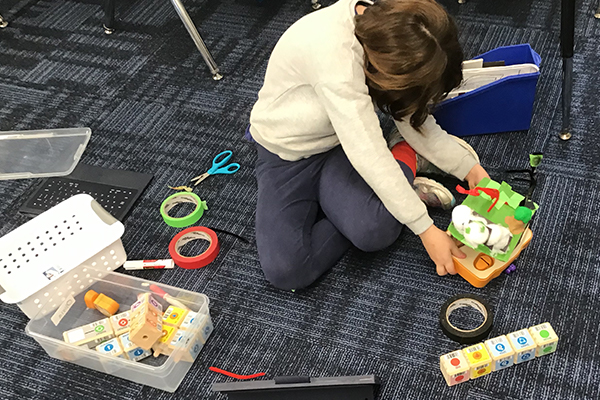
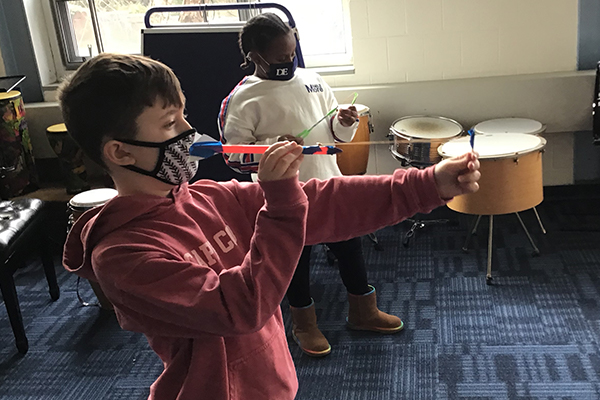
During the first cycle, the fifth-grade technology class focused on understanding the computer’s basic components and how to use it properly. Students practiced speed and touch-typing at an intermediate level as a fun and interactive activity on Typing.com. Students had the opportunity to gain a deeper understanding of what a URL is and its specific elements. Additionally, the cycle included lessons about Digital Citizenship, which focused on cyberbullying. In the second cycle, students are currently learning how to use Google Sheets, another online platform similar to Microsoft Excel but accessible from Google Drive. To celebrate the 2020 Computer Science Week, students were introduced to the concept of artificial intelligence on Code.org. Along with these new topics, students continue to practice and master previously learned skills.
The week of December 7th saw Computer Science Education Week, where schools celebrate the importance of Computer Science Education at all levels. This being the birthday week of Admiral Grace Hopper, the developer of the first compiler and the COBOL computer language, students learned about this pioneering scientist’s Computer Science contributions. Additionally, first through third grade students participated in Hour of Code activities (sponsored by Code.org) such as Make Your Own Kodable Maze and the ever-popular Dance Party using Blockly.
